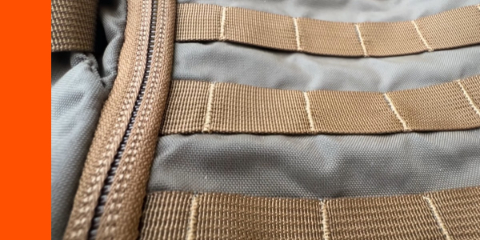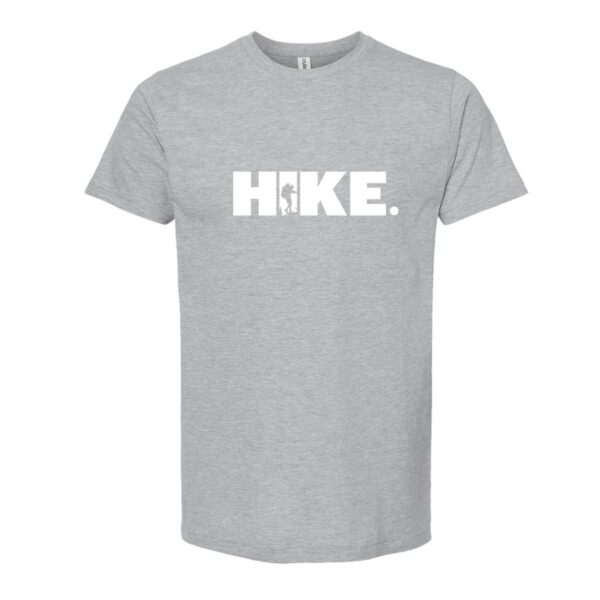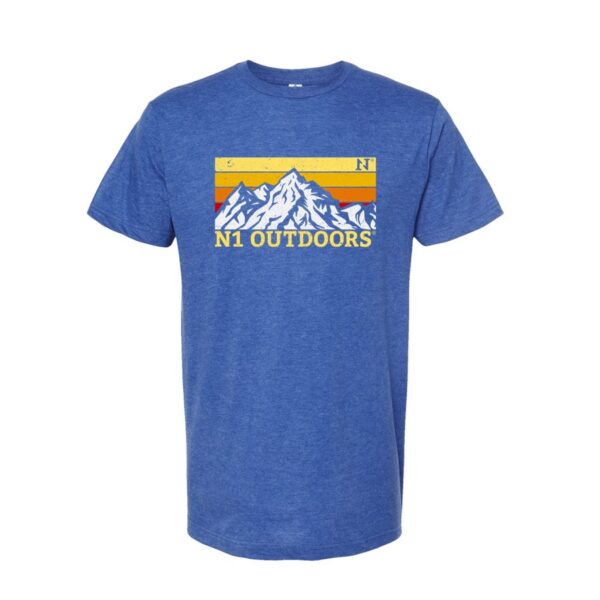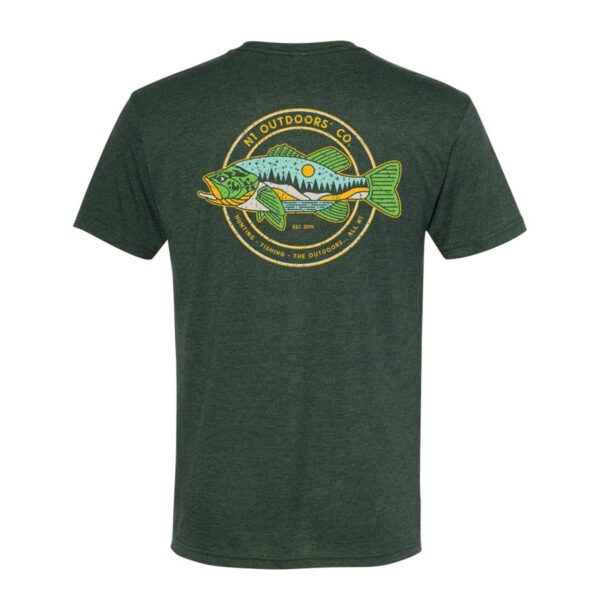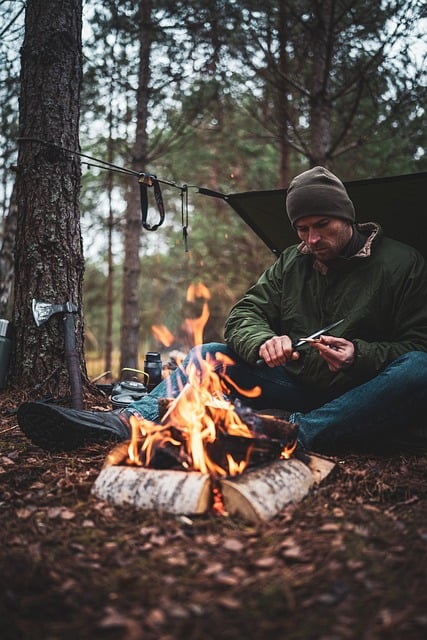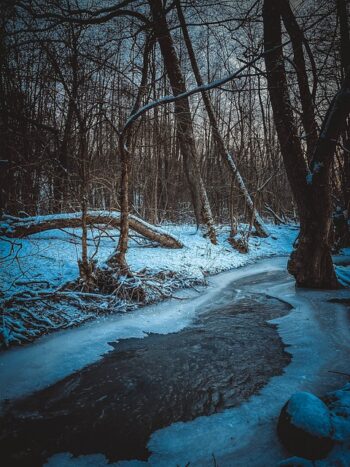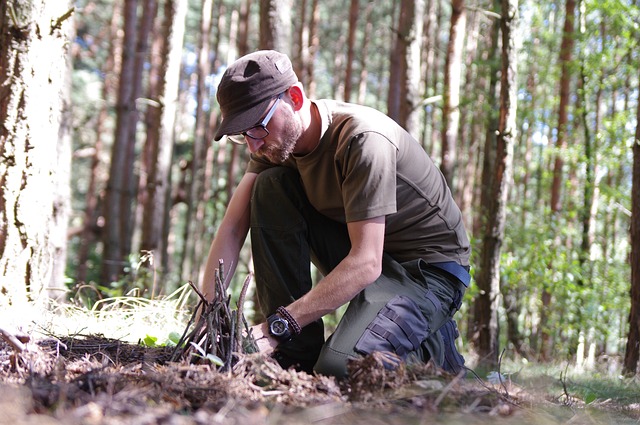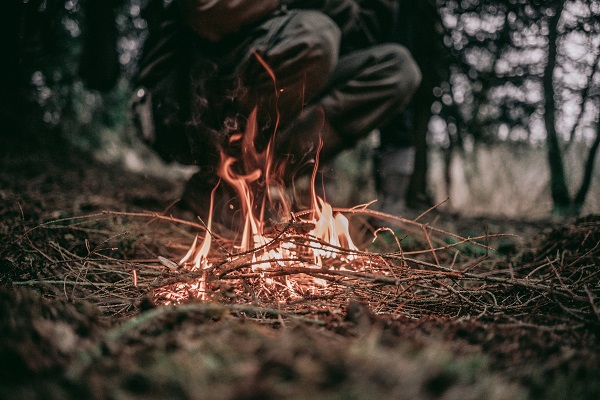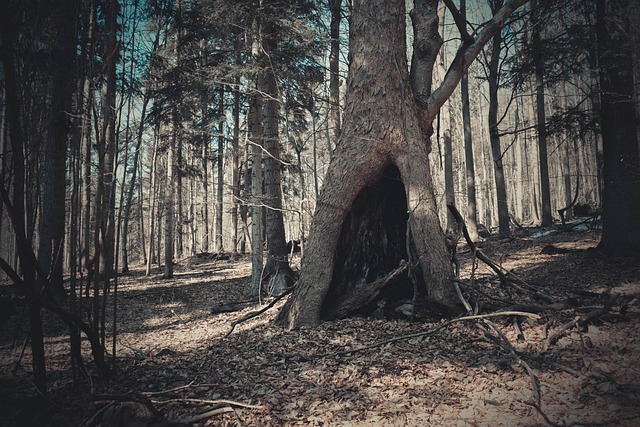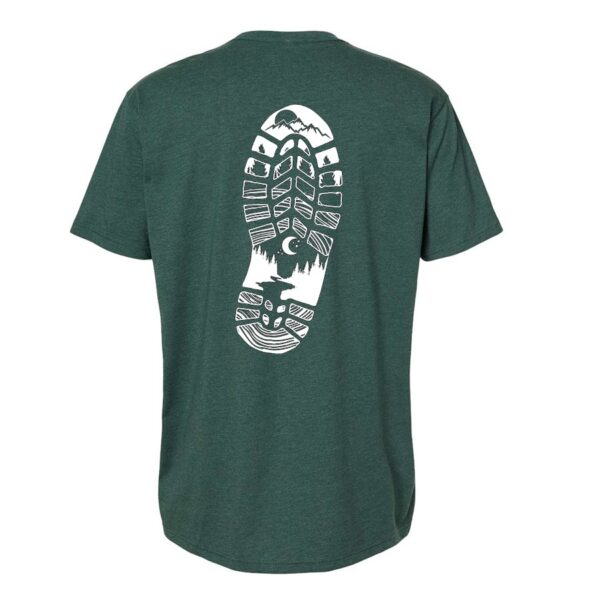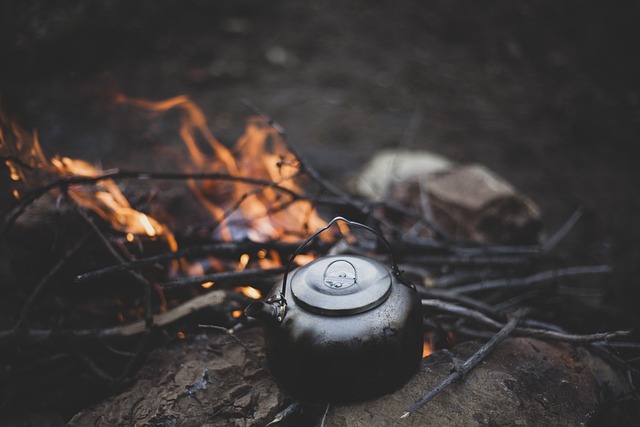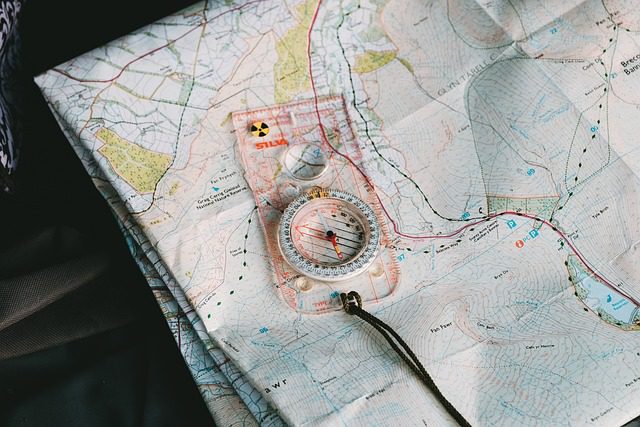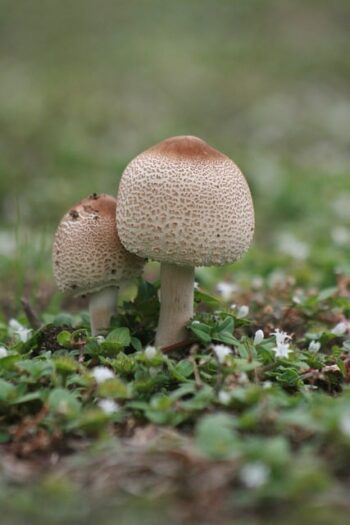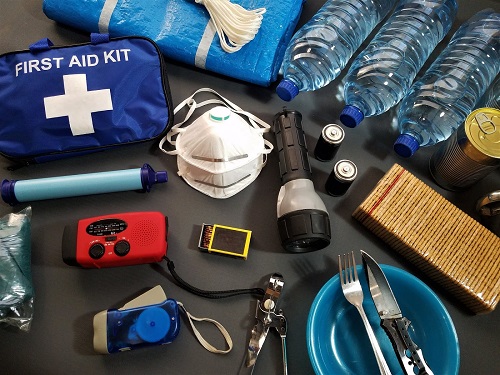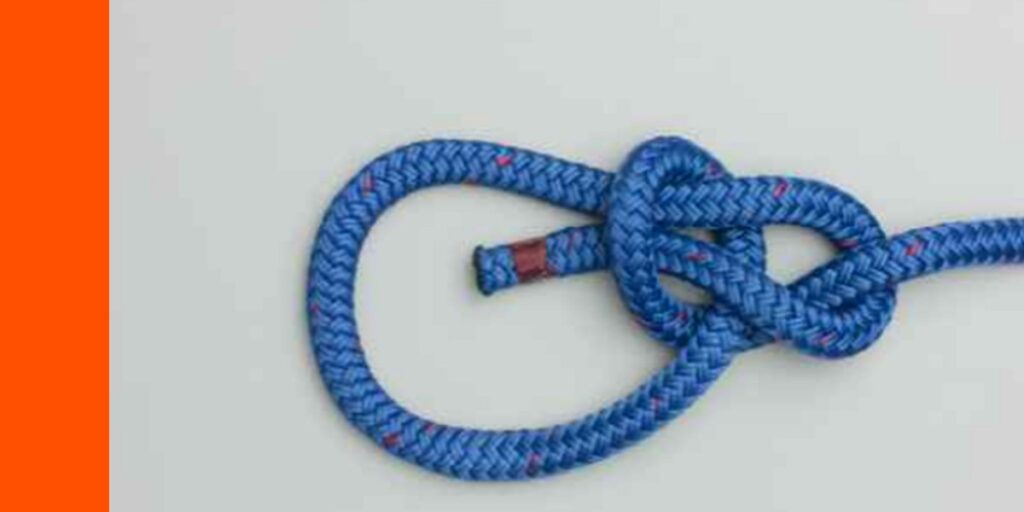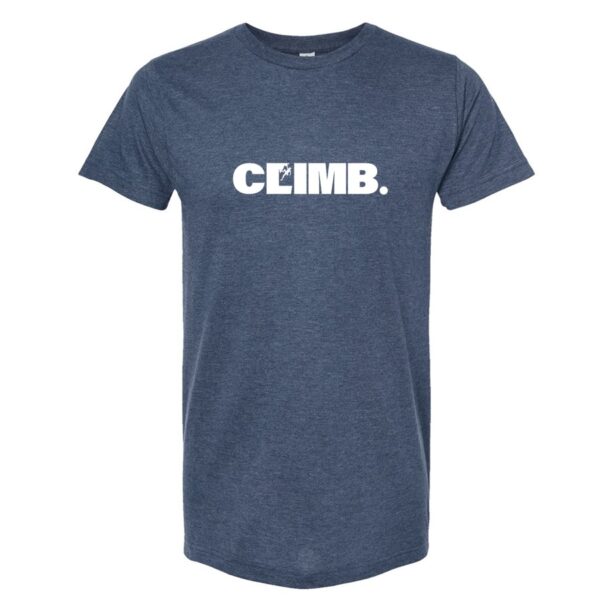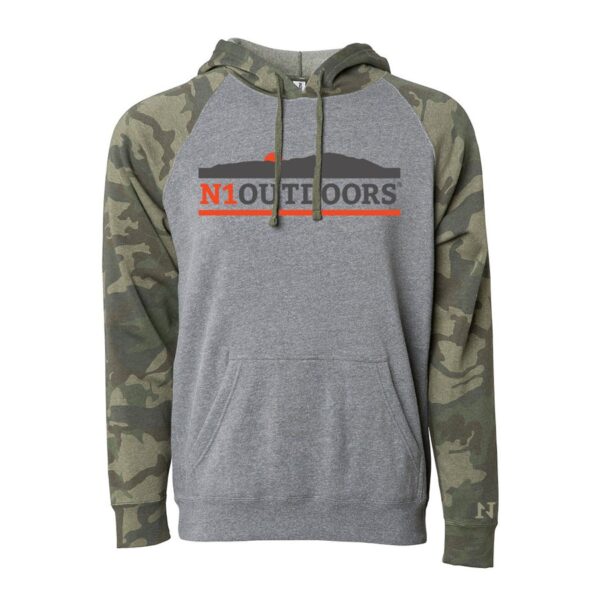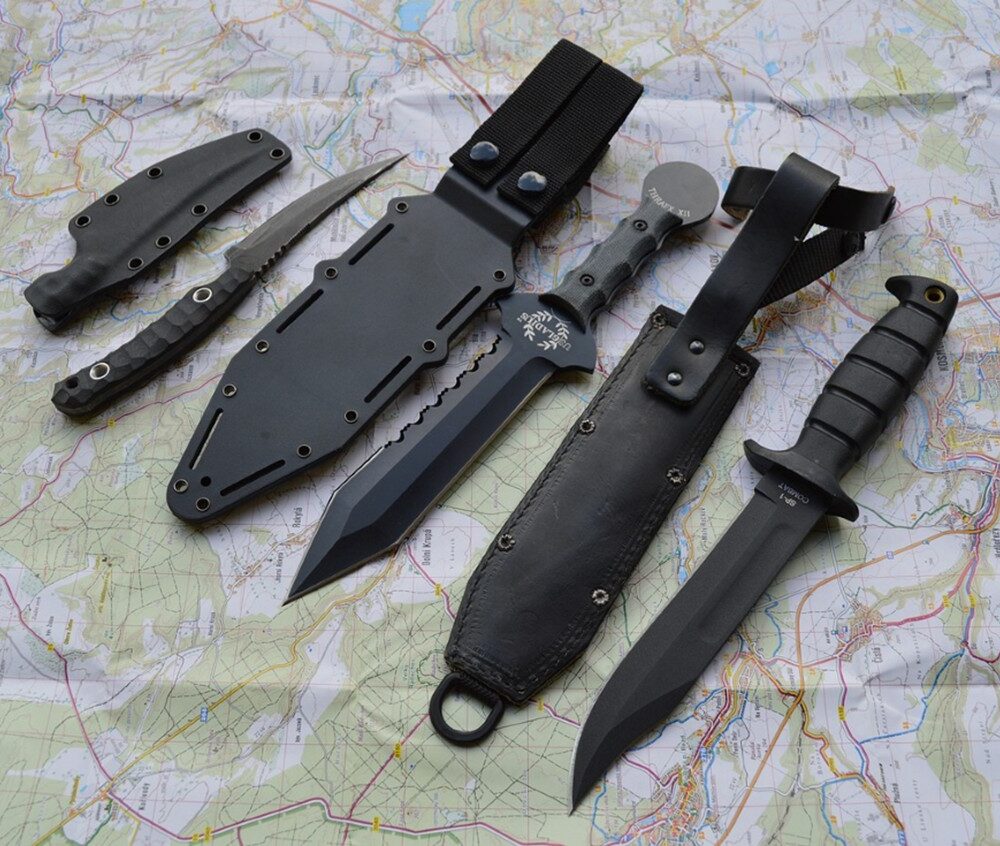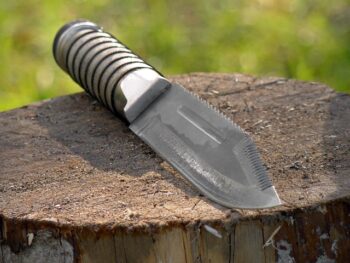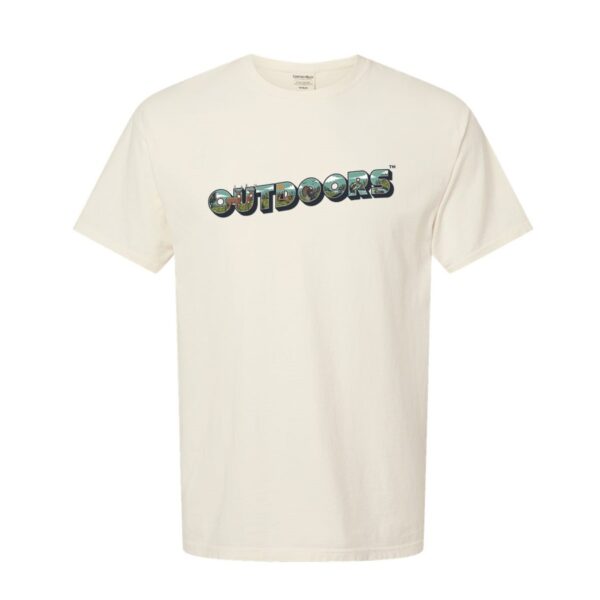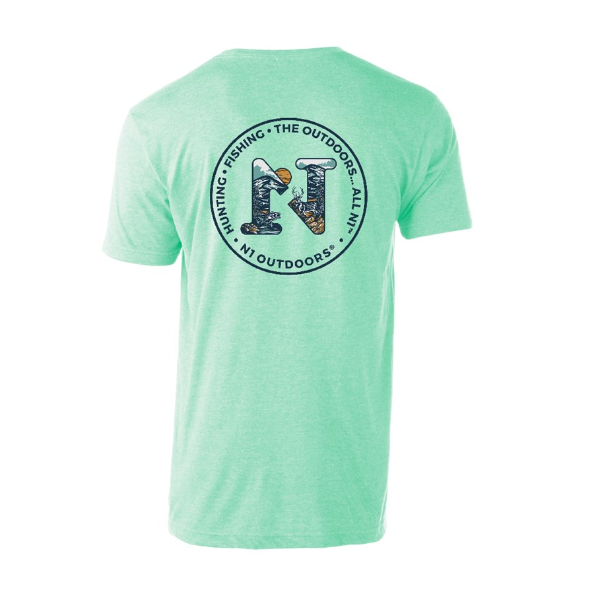Perhaps you’ve hear the term “MOLLE webbing” and wondered, “what in the world is that?”
What does MOLLE stand for?
Before we look at what MOLLE webbing actually is, let’s first cover what the acronym itself stands for.
MOLLE stands for (Modular Lightweight Load-carrying Equipment).
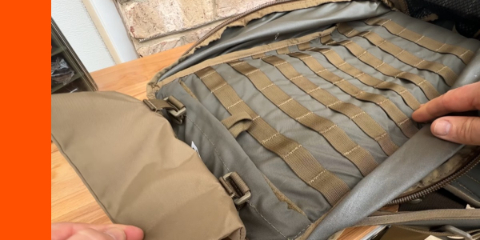
MOLLE webbing is a widely used system that is designed for modular gear attachment. It typically consists of heavy-duty nylon or polyester straps that are stitched in a grid-like pattern onto backpacks, vests, and other tactical or outdoor gear.
The MOLLE webbing system allows users to attach compatible pouches, holsters, and other accessories in a secure and customizable way.
For the backpack hunter, MOLLE webbing offers a significant advantage over regular packs by enabling the hunter to organize and carry essential gear such as ammo, rangefinders, knives, and first-aid kits without cluttering the pack’s main compartments. The webbing enhances both accessibility and weight distribution of the pack, making long treks through rough terrain more manageable for the user.
The Origins of MOLLE Webbing
The MOLLE system was developed by the United States military in the late 1990s as an upgrade to the older ALICE (All-Purpose Lightweight Individual Carrying Equipment) and ILBE (Improved Load Bearing Equipment) systems.

The key feature of MOLLE is the PALS (Pouch Attachment Ladder System), which consists of horizontal rows of webbing stitched at regular intervals. These rows of webbing allow gear to be woven and secured using straps, creating a stable and reliable attachment system.
Designed to improve modularity and adaptability in the field, MOLLE was officially introduced in 1997 and it rapidly became the standard for military load-carrying gear.
Hiking Tees and More from N1 Outdoors®!
-
N1 Outdoors® HIKE. Tee
$19.00 -
N1 Outdoors® Mountain Colors Tee (Various Colors)
Price range: $24.99 through $28.99 -
N1 Outdoors® Fishscape™ Outdoor Tee
Price range: $28.99 through $32.99
How MOLLE Webbing Works
MOLLE webbing functions by way of a simple, yet effective, interwoven strap system. When attaching pouches or accessories, the user threads straps through both the MOLLE webbing on the backpack and the attachment points on the accessory itself. This weaving pattern ensures that gear remains secure, preventing excessive movement or detachment during strenuous activity.
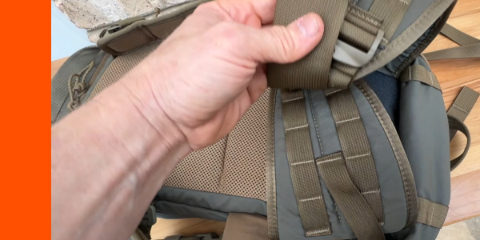
MOLLE-compatible pouches and gear often include reinforced straps, as well as snap closures to further secure the attachments. The result is a load-bearing system that offers hunters, military personnel, and outdoor enthusiasts the flexibility to configure their pack to suit different hunts, missions, or hikes/treks.
Why MOLLE Webbing Is Useful for Backpack Hunters
For backpack hunters specifically, weight distribution and gear accessibility are critical.
MOLLE webbing provides the ability for the user to carry extra gear externally, keeping essential items within reach without overloading the interior of the backpack.
Some key benefits of MOLLE webbing include:
- Customization: Hunters can attach only the gear they need for a specific hunt, reducing unnecessary weight.
- Efficiency: Quick access to essential items like a knife, GPS, or survival/first-aid kit without digging through the main compartment.
- Durability: Made from heavy-duty materials, MOLLE webbing is built to withstand harsh environments and tough conditions.
- Versatility: Can be used to carry everything from extra ammunition to survival gear, making it adaptable for various hunting scenarios.
#ad

The MOLLE Revolution
MOLLE webbing has changed the game for how hunters, military personnel, and outdoor enthusiasts carry their gear.
Originally developed for the military, MOLLE webbing has reach the masses, largely by way of the outdoor industry and has since become a staple in outdoor and tactical gear, offering superior customization, organization, and durability.
For backpack hunters, integrating MOLLE-compatible equipment into their setup can mean the difference between a well-prepared, efficient hunt and a frustrating, disorganized experience in the field. MOLLE webbing provides a way to secure all types of outdoor gear such as pouches, portable stoves, first aid kits, and more.
So, whether you’re heading into the backcountry for days on a hunt or a hike, or just needing quick access to essential gear and accessories, MOLLE webbing is a game-changer for sure.

